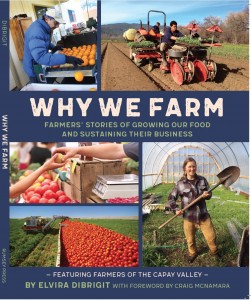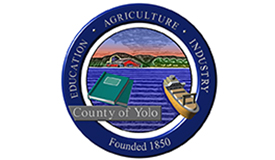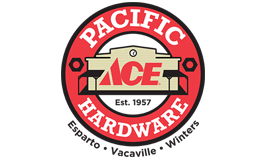Even before the gold rush, the fertile land and plentiful water of Cache Creek drew interest in trapping, settling and farming from new immigrants to California. In 1846, the Mexican government granted the 40,000 acre Rancho Canada de Capay to three Berryessa brothers. Livestock production was the principal economic activity of the rancheros.
In 1858, land speculators purchased 13,760 acres of the Berryessa grant, subdivided the land, and planted grain, grapevines, and fruit trees northwest of the present community of Capay, establishing the county’s first winery in 1860. Five investors incorporated the Vaca Valley & Clear Lake Railroad in 1877, planning to extend the Central Pacific Railroad line north from Winters to Cache Creek and on through the Capay Valley to Clear Lake.
The line was completed to the new town of Madison in 1877, making Madison a center for grain shipping.
Track extended through the new towns of Esperanza (now Esparto) and Guinda, ending at Rumsey in 1888. Fruit packing sheds began to operate in Guinda and Rumsey, making daily seasonal deliveries to trains. Plans to extend the railroad through the Rumsey canyon were abandoned. The line to Rumsey closed in 1934, but agriculture continues to be the major business of the Capay Valley.
Capay Valley’s history created a thriving diverse community, including descendants of African-American settlers who established small ranches and farms as well as immigrants from Mexico and Latin America who contributed essential skills and hard work to local farms and ranches. While Capay Valley people come from different cultures, they continue the insightful commitment to land stewardship started thousands of years ago by the forefathers of the Yocha Dehe Tribe.







